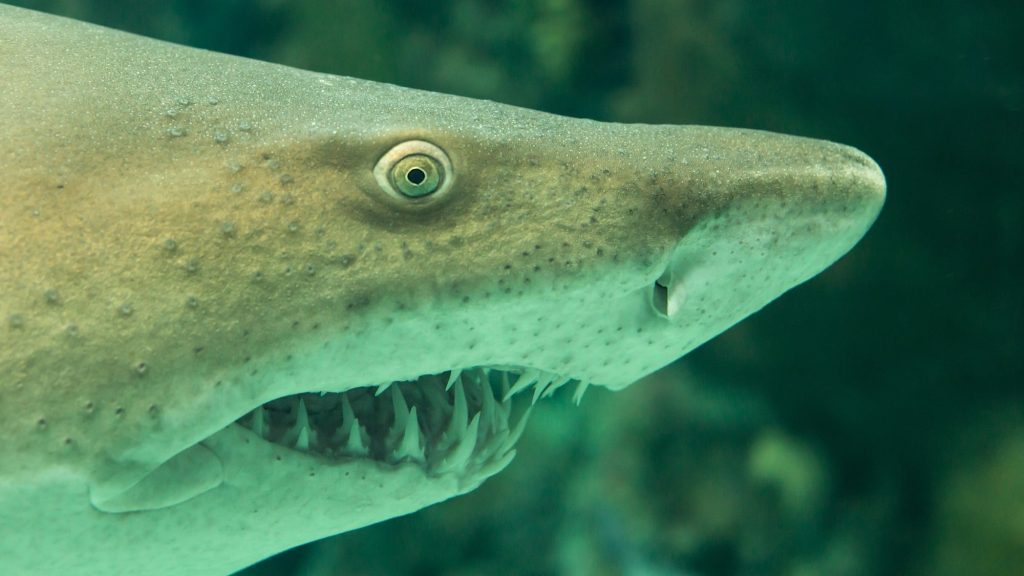Sharks and owls have similar ways of being well-suited for their environments. When it comes to the ocean’s top predator, their skin’s textured patterns, known as riblets, help reduce resistance. Meanwhile, owls, their small feather ridges called serrations allow them to fly quietly while hunting prey.
Even though these natural features have inspired aircraft designs in the past, a team of researchers from the University of California, Berkeley and MIT Lincoln Laboratory recently looked into if these same ideas could also be used to improve underwater tools. Their findings, published in a new study in Extreme Mechanics Letters, suggest that the designs could be changed to improve the towed sonar arrays (TSAs) used by ships and submarines.
TSAs are important for marine vessels involved in underwater security or exploration projects. But as ships start to move at decent speeds, the drag around the equipment can create extra noise that affects sonar capabilities.
[Related: Has sonar finally discovered Amelia Earhart’s missing plane?]
Using computer modeling, researchers tested different riblet shapes and patterns interacting with simulated water environments. From calm currents to the more commonly unpredictable flows seen in oceans, the team saw how smooth, triangular, trapezoidal, and scalloped riblets might affect fluid dynamics and acoustics.
Of these options, the rectangular shape showed the most promising results in choppy water—reducing noise by over 14% alongside a roughly 5% reduction in drag. When the riblets were finer and closer to one another, drag could be reduced by as much as an additional 25%.
These simulations not only showed potential riblet patterns for sonar casings, but also revealed new fluid dynamics that contribute to noise reduction during turbulent water flows. In a process researchers call “vortex lifting,” flows are raised and redirected away from the textured surfaces while also lowering their rotational strength.
“This elevation is crucial for reducing the intense pressure changes that are caused by the interaction between the water flow and the array wall, leading to noise production,” Zixiao Wei, a mechanical engineering graduate student and study first author, explained in a recent statement.
The team also noted that adding the animal-inspired textures to TSAs and other underwater vehicles wouldn’t just help humans—it could improve habitat conditions for marine wildlife, as well. Systems relying on riblet patterns could make for quieter operation, thereby reducing the chances of disturbing their surrounding ecosystems.
That being said, it’s one thing to simulate shark skin—actually replicating it has proven extremely difficult. But with additional testing and deployment, Wei believes the new designs will demonstrate “the vast potential of biomimicry in advancing engineering and technology.”









